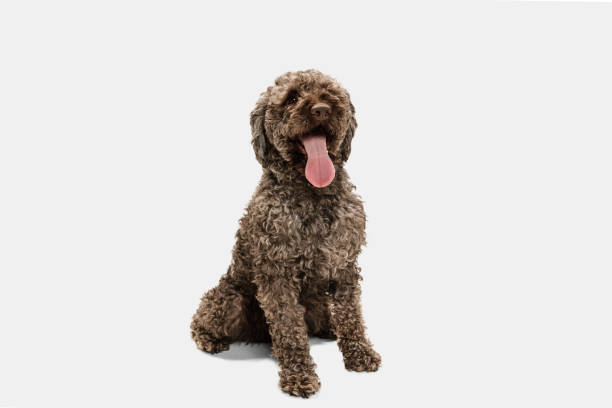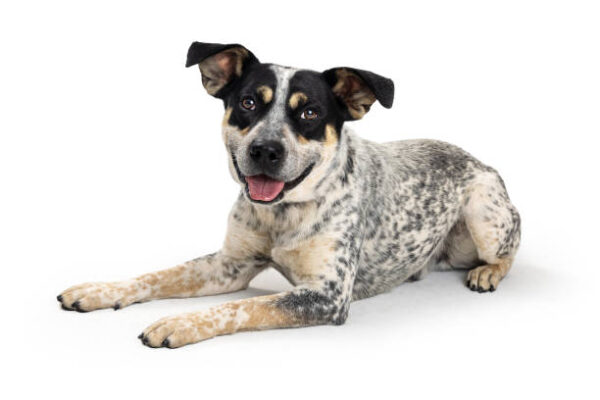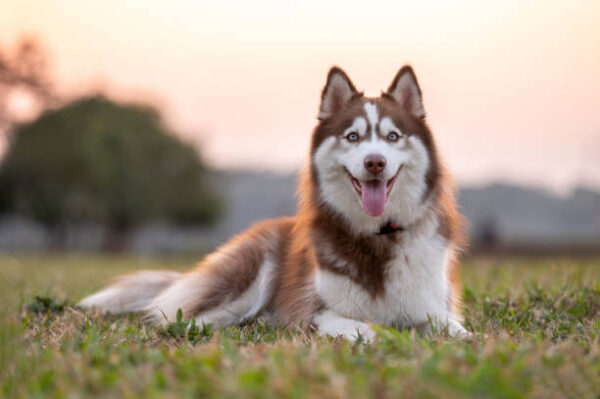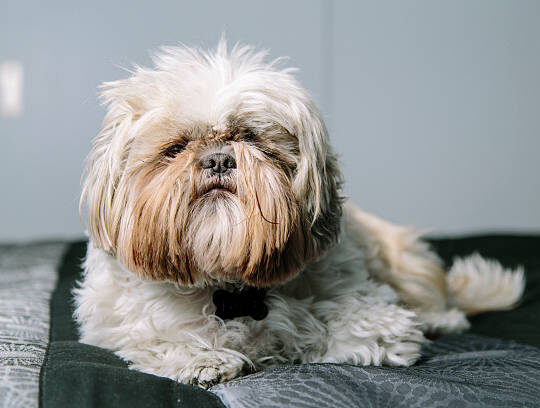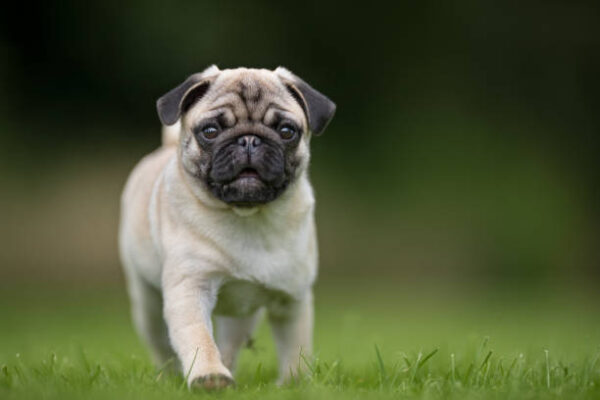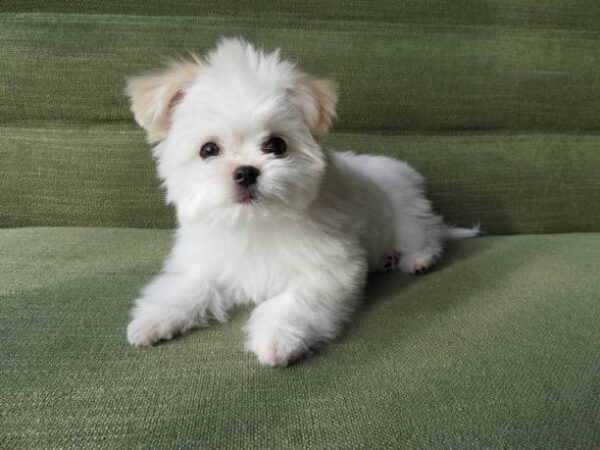Your cart is currently empty!
Lagotto Romagnolo
Lagotto Romagnolo Lagotto Romagnolo: The name of the breed is very informative: Lagotto is an Italian dialect word for curly coated duck retriever and Romagne was the district in northern Italy where the breed was developed, a landscape of expansive marshes. However the reclamation and draining of the marshes in the early 20th century brought […]
Description
Lagotto Romagnolo
Lagotto Romagnolo: The name of the breed is very informative: Lagotto is an Italian dialect word for curly coated duck retriever and Romagne was the district in northern Italy where the breed was developed, a landscape of expansive marshes. However the reclamation and draining of the marshes in the early 20th century brought the departure of the ducks and so there was less demand for this retrieving breed. However, the acute scenting powers of the Lagotto have been utilised in truffle hunting and this is now his primary use in his native land. The breed was recognised by the Italian Kennel Club in 1991 and so he is a relative newcomer to the UK, where he has shown his retrieving skills in gundog working tests.
General appearance of Lagotto Romagnolo
Squarely built, small to medium sized dog of rustic appearance; sturdy and robust with dense, curly coat of woolly texture. Measurement from ground to elbow greater than from elbow to withers. Noticeable difference between sexes.
Characteristics
Ancient Italian breed of duck retriever, also used as a truffle hunter. Excellent watch dog and family companion.
Temperament of Lagotto Romagnolo
Lively, intelligent, affectionate.
Head and skull
Head moderately broad. When viewed from above the widest point is at the zygomatic arch. When viewed from the side, planes of muzzle and skull diverge slightly. Skull slightly convex, as wide as it is long and flattening at occiput and with medial-frontal furrow. Length of skull from occiput to stop slightly longer than from stop to nose. Slight but evident stop. Well-developed eyebrow arches. Muzzle strong and wedge-shaped, rather blunt in profile. In depth, almost equal to length. Nasal bridge straight, with large nose protruding slightly with wide, open nostrils. Jaws wide, large and powerful. Lips tight forming a wide semi-circle when viewed from the front, covered with long, bristly whiskers.
Eyes
Fairly large, nearly round, set fairly well apart. Close fitting eyelids with rims in various shades of brown. Well-developed eyelashes. Eye colour ranges from ochre to dark hazel and brown, depending on coat colour. Attentive, intelligent expression.
Ears
Moderately large in relation to the size of the head, triangular with slightly rounded tips, rather wide at the base and set slightly above the level of the eye. Hanging at rest, slightly raised when alert.
Mouth
Well-developed teeth, set square to the jaws. Scissor or pincer bite. Complete dentition highly desirable. Reverse scissor bite permissible.
Neck
Relatively short, oval in section, slightly arched, muscular and powerful. Without dewlap.
Forequarters
Shoulders muscular, moderately well laid back, long in blade and equal in length to upper arm. Elbows fairly close fitting. Forearms straight with sturdy, oval bone. Wrist follows vertical line of forearm and is finer boned, robust and mobile. Pasterns sloping, elastic and slender compared to forearm.
Body
Compact and strong. Length of back from point of shoulder to point of buttock equal to height at withers. Withers set slightly apart and placed just above the line of the back. Straight topline falls slightly from withers to croup. Loin short and wide. Croup long, wide, muscular and slopes gently. Well developed chest reaches down to the elbows. Chest rather narrow in front, broadening behind the elbows. Slight tuck up. Skin thin, close fitting and without wrinkles.
Hindquarters
Powerful upper thigh long with well-developed musculature. Good bend of stifle; lower thigh slightly longer than upper. Broad hocks. Rear pasterns thin and upright. Angulation slightly greater than in forequarters but without exaggeration.
Feet
Compact with strong, curved nails. Webbing between toes well developed. Front feet almost round, toes tight and well arched, turning neither in nor out. Hind feet slightly more oval shaped and toes less arched.
Tail
Set on as a continuation of slightly sloping croup, tapering towards the end, just reaching the hock. Hangs in a scimitar position at rest and is markedly raised when alert. When working or excited may be carried over the back but never curled.
Gait/movement
Free, smooth and tireless with plenty of drive.
Coat
Woolly and waterproof, rather rough on the surface forming very thick, ring shaped curls, with visible, waterproof undercoat. Curls evenly distributed all over the body except on the head where the curls are less tight, forming well-furnished eyebrows, whiskers and beard. Cheeks covered with thick hair. On the ears, curls tend to be open but very wavy. The inner ear flap is covered with hair. Tail covered with woolly, bristly hair. The coat should evenly follow the line of the dog. It may be longer on the head but must not obscure the eyes. The coat should be of a length that curls are evident and texture can be assessed. The correct presentation is natural, without styling, and in keeping with the rustic character of the breed.
Colour
Solid off-white, white with brown or orange markings, orange roan, brown roan, brown (in different shades), solid orange, brown with white markings, orange with white markings. Brown mask and tan markings permitted. Pigmentation ranges from light to very dark brown depending on coat colour.
Size
Height: males 43-48 cms (17-19 ins), ideal height 46 cms (18 ins). Females 41-46 cms (16-18 ins), ideal height 43 cms (17 ins). Tolerance of one centimetre over or under.
Weight: males 13-16 kgs (28½ – 35 lbs); females 11-14 kgs (24-31 lbs).
Faults
Any departure from the foregoing points should be considered a fault and the seriousness with which the fault should be regarded should be in exact proportion to its degree and its effect upon the health and welfare of the dog and on the dogs ability to perform its traditional work.
Note
Male animals should have two apparently normal testicles fully descended into the scrotum.
